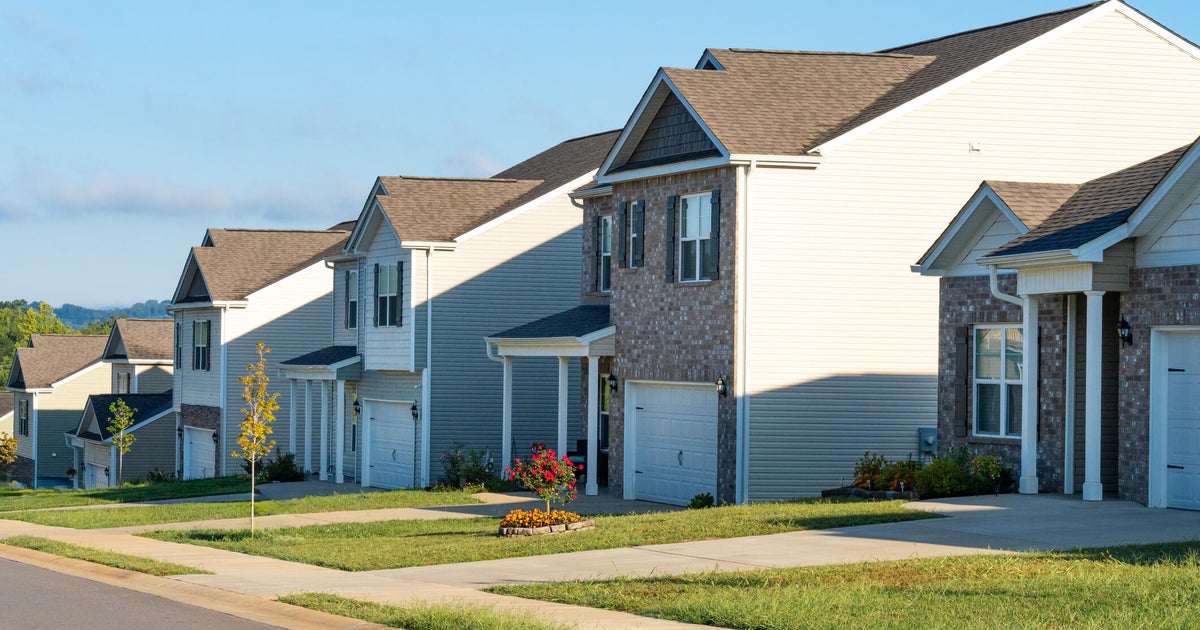Adjustable-rate mortgages make a comeback as interest rates rise
With surging mortgage rates and real estate prices making it harder to buy a home, the adjustable-rate mortgage is making a comeback.
Consumer interest in ARMs has been creeping up and is now at its highest level since 2019, according to data from the Mortgage Bankers Association. In the last week, more than 9% of new mortgages were adjustable-rate loans, while in dollar terms ARMs made up 17% of all new mortgage debt last week, according to the group. The share of ARMs as a percentage of home loans is double where it was three months ago.
"In a period of high home-price growth and rapidly increasing mortgage rates, borrowers continued to mitigate higher monthly payments by applying for ARM loans," Joel Kan, MBA's head of economic and industry forecasting, said in a report.
Higher interest rates are the main reason for renewed interest in ARMs, with adjustable-rate mortgages generally more popular when interest rates for fixed-rate products rise. Today's ARMs are "hybrids" — they offer low fixed interest rates for the first three, five, seven or 10 years of a loan, after which the rate switches to a variable, and usually higher, rate.
The cost of a mortgage has jumped since the start of the year, rising as lenders anticipate rate increases from the Federal Reserve. That's on top of double-digit increases in home prices, a pace that some economists think could point to a housing bubble.
The average interest rate on a 30-year mortgage shot up to 5.11% last week, according to Freddie Mac. That's the highest level in a decade and nearly 2 percentage points higher than average rates at the start of the year. On a median-priced home, that higher interest rate translates into paying an additional $360 per month. By comparison, the introductory rate on an ARM with a five-year fixed introductory period was 3.75%.
Financial experts say ARMs can be a good option for homeowners who plan on selling their home within a short period of time, or who are confident that their income will increase.
But because they are effectively a bet on the future being rosier than the present, ARMs can also be risky. During the 2007 housing crash, many ARM borrowers couldn't make ballooning payments; because home values had plummeted, they couldn't refinance or sell their house, either. Many of them ended up defaulting and in foreclosure.
Although more borrowers are turning to ARMs, they're nowhere near as widespread as they were before the housing crisis, when more than a third of all new mortgages were adjustable-rate.





